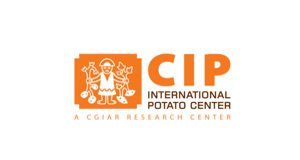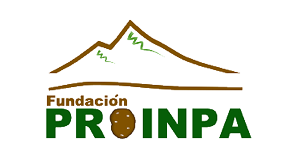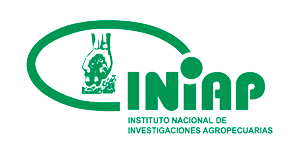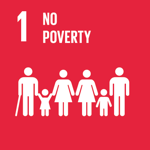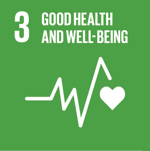Pest management in native potatoes of the Andes
Development and application of ecological practices in pest management to increase sustainable potato production by low-income farmers in the Andean regions of Bolivia, Ecuador and Peru
Context of the story
Potatoes constitute the staple diet of most Andean populations, as well as a cash crop for farmers in the region. The potato is nutritious and highly productive, although the losses caused by pests during the growing and storage periods are high. The potato moth complex (Phthorimaea operculella, Symmetrischema tangolias, Tecia solanivora), which includes 3 species, as well as several Andean Potato Weevils (Premnotrypes spp.), comprise the most severe pests that affect potato crops in Bolivia, Ecuador and Peru. Without control, the losses from these pests can reach more than 50% during the field phase, and up to 80% during the storage phase.
Research and Development
The implemented initiative
The project proposed to improve the livelihoods of low-income potato producers in the Andean region, substantially reducing their economic losses, caused by major pests and pesticide impacts, through the development and implementation of environmentally reliable IPM strategies. This will improve the competitiveness of the crop, sustainable potato production systems and human health. The specific objectives of the project include the development of decision-making tools, improving the effectiveness of natural enemies, and the development of techniques for biological control, physical control, and attractants.
Dissemination of a new Potato Integrated Pest Management program
The technological solution
An Integrated Management strategy was developed with new ecological tools to reduce the use of insecticides. Phenological models were developed for the two species of moths (S. tangolias) and (T. solanivora), with which the "Insect Life Cycle Modeling" (ILCYM) software was developed, which is a tool to predict the potential growth of pest populations in different potato agroecosystems. The introduction of parasitoids (Apanteles subandinus) and (Orgilus lepidus) from CIP-Peru to Ecuador was carried out, which have good potential to carry out classical biological control. The beneficial fauna was increased by maintaining aromatic and floricultural plants near the crops. In the case of the Andes weevil, the use of entomopathogenic nematodes is a potential biological tool for the control of larvae, while the adults were controlled with the use of plastic barriers.
The use of pesticides to protect potato crops significantly increases production costs in the Andean countries.
Results
With these ecological tools, a new Potato Integrated Pest Management (IPM) program has been developed for the Andean zone, which includes the use of plastic barriers, attracides, increased functional diversity and the use of Bt talc for control. of moths in storage, which proved to be as efficient as chemical control, with the added benefits of protecting natural enemies and the environment. The knowledge obtained with the development of the project allowed training and dissemination of the new technologies developed in Peru, Ecuador and Bolivia.

 Back to the project
Back to the project Peru
Peru Bolivia
Bolivia Ecuador
Ecuador